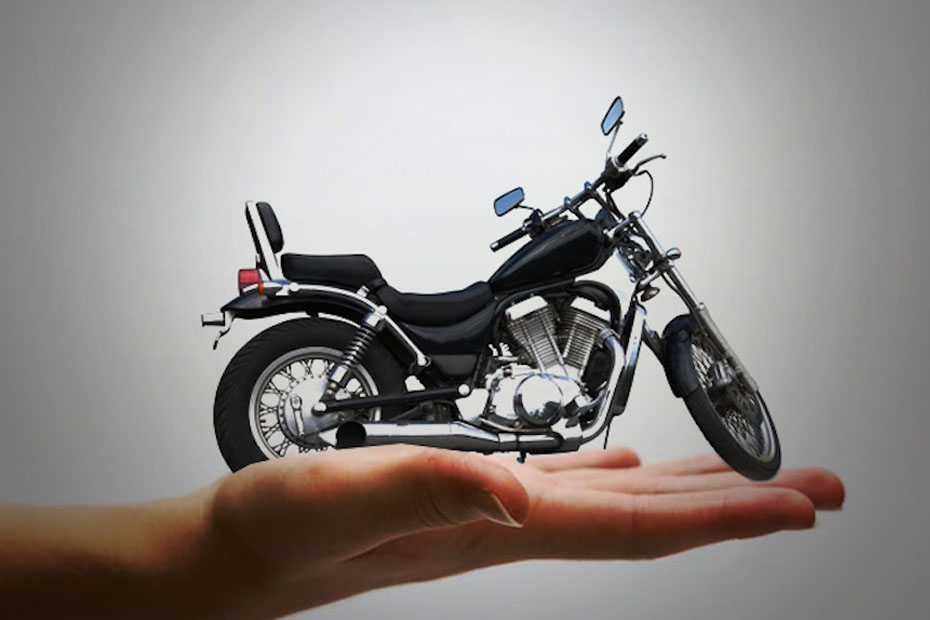A two-wheeler purchase is decided upon after a fortnight. However, developing a brand, model, or variety that satisfies your needs may take several weeks or months. Similar consideration must be given to selecting the ideal insurance provider.
The Indian Government mandates all bike owners to acquire two-wheeler insurance coverage under the Motor Vehicles Act to safeguard both the rider and the bike from unexpected expenses.
To prevent regretting your decision later, experts advise that you evaluate the following critical aspects before purchasing a two-wheeler insurance coverage.
- Type Of Policy
The market is flooded with two-wheeler insurance companies. You are, therefore, free to select any according to your preferences. But there are crucial factors to consider when it comes to the sort of policies:
- Third-Party Insurance Plan: The Indian Government has mandated that all bike owners insure their two-wheelers under the third-party insurance plan. The policy guarantees coverage for losses you cause to a third party’s asset or property but excludes theft or damage to your car.
- Standalone Own: As the name implies, it covers damage that one suffers due to mishaps, theft, fires, and other natural and artificial disasters. The policyholder may select to obtain a standalone and third-party policy from the same or a different insurer.
- Comprehensive: The policy combines third-party and standalone own coverage to protect you from both your damages and third-party expenses. For instance, if a fire damages your electric bike or two-wheeler, you may be entitled to reimbursement by the plan’s guidelines.
- Add-Ons: These are the additional coverages that one can avail of with comprehensive or standalone policies, further strengthening the coverage. Although there is an additional fee for specific ranges, it is well worth it.
- Zero Depreciation Cover: Over time, an asset will inevitably lose value. Two-wheeler depreciation is typically paid for by the insured. However, the insurer can now claim the costs associated with depreciation. *
- Insurance Deductible
Numerous variables affect the insurance premium. The most important factor among them must be cubic capacity. The amount increases as the cubic capacity increases. Location is yet another influencing aspect.
- Insurance Declared Value
The IDV stands for the maximum sum insured fixed by the insurer, which is provided on theft or total loss of the insured vehicle. The IDV is the maximum amount you can recover in the event of a loss, and as the bike ages, its value diminishes.
- No-Claim Bonuses
An additional bonus given to the insured by the insurer for not filing a claim for damages during a certain year is known as an NCB. When you renew two-wheeler insurance the following year, the insured receives a concession on their premium of up to 50%. Make sure you compare bike insurance from various providers before buying one. *
A two-wheeler insurance premium calculator is a convenient tool you may utilise online to check the amount of coverage required based on your needs.
* Standard T&C Apply
Insurance is the subject matter of solicitation. For more details on benefits, exclusions, limitations, terms, and conditions, please read the sales brochure/policy wording carefully before concluding a sale.


